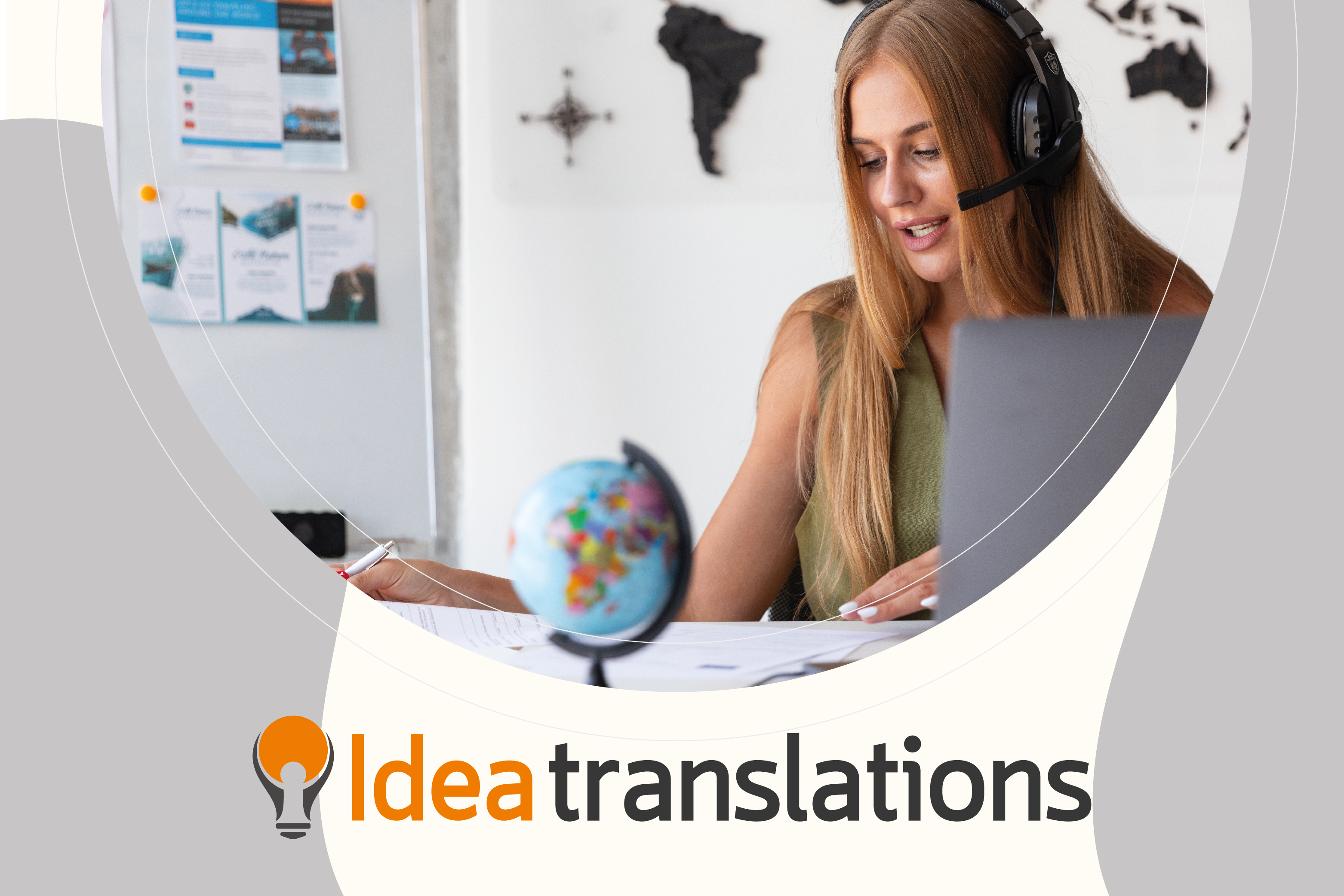
The Exciting Future of eLearning Translation: 4 Emerging Trends That Will Transform Online Education
As technology continues to advance, so do the methods and tools used to translate and localize online learning content. This has resulted in significant changes in the way we access, consume, and deliver this content. More recently, remote teaching and learning have become part of our new normal, and eLearning platforms have been at the forefront of this shift. While online education is growing rapidly, the demand for localization of eLearning content and materials is increasing at an even higher pace, and it has sparked the development of new technologies and innovations in the field of eLearning translation.
This blog post explores some of the emerging trends in eLearning translation and how it is changing the future of online education.
1. Adaptive Personalization
Adaptive personalization is not a new concept in eLearning, but its effectiveness in language learning has been proven in recent times. In the past, learners had to go through predefined courses, which often meant that a significant proportion of them had to go through content that they already knew before they could reach new learning objectives. Adaptive personalization, on the other hand, allows for customized learning experiences based on learners’ interests, goals, and proficiency levels. This customized approach leads to faster and more effective learning, fostering engagement and understanding.
2. Virtual Reality and Augmented Reality
Virtual reality (VR) and augmented reality (AR) have been in use for a while in eLearning, but their application in language learning has shown tremendous potential in recent times. These technologies immerse learners in simulated environments, making the learning experience more interactive and engaging. They have the power to revolutionize the way we learn and retain information.
3. Machine Translation and Hybrid Translation
Machine translation (MT) technology has made significant improvements in recent times with the advancements in natural language processing algorithms. Utilizing it as a complement to human translation, it not only allows save time and resources but also ensure better translation quality. MT accelerates the translation process, reduces costs, and enables translators to be more productive. However, language is more alive than ever and constantly changing at the local, national and global level which makes it hard to strictly rely solely on machine generated translations. That’s were hybrid solutions play a part. Solutions that are machine generated combined with human verifications are yielding surprising quality and can also create streamlined processes, costs savings and time to market improvements.
4. Gamification
Gamification is the process of incorporating game elements, such as badges, points, rewards, and challenges, into non-game contexts to motivate and engage users. In eLearning, gamification can help learners stay motivated and engaged because it makes learning more fun and interactive.
As eLearning platforms continue to expand, the importance of eLearning translation and localization will only grow. That’s why it’s crucial to stay up-to-date with these emerging trends.
At Idea Translations, we are committed to staying ahead of the curve and providing our clients with innovative and effective solutions. With our dedication to the rapidly evolving eLearning industry, we are well-equipped to meet the demands of the future, and help your learning content resonate with your audience.



